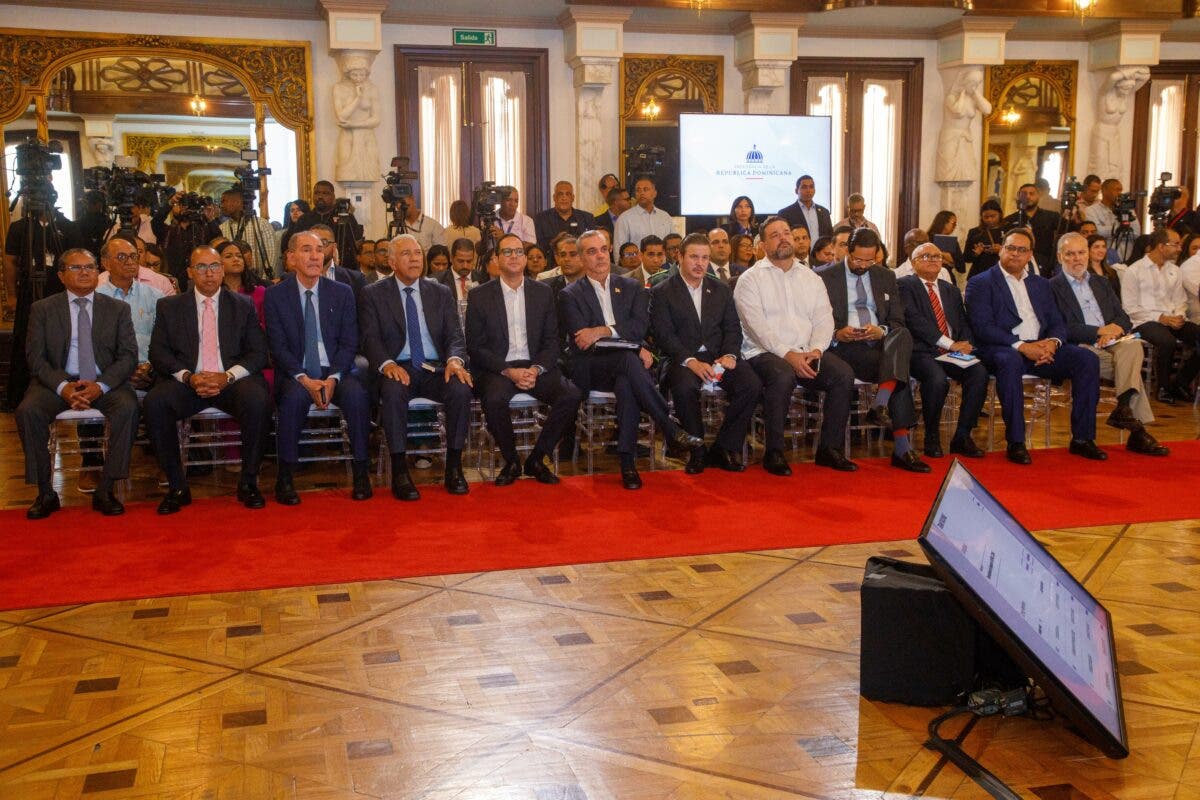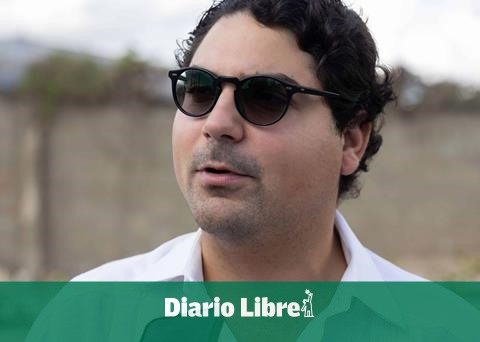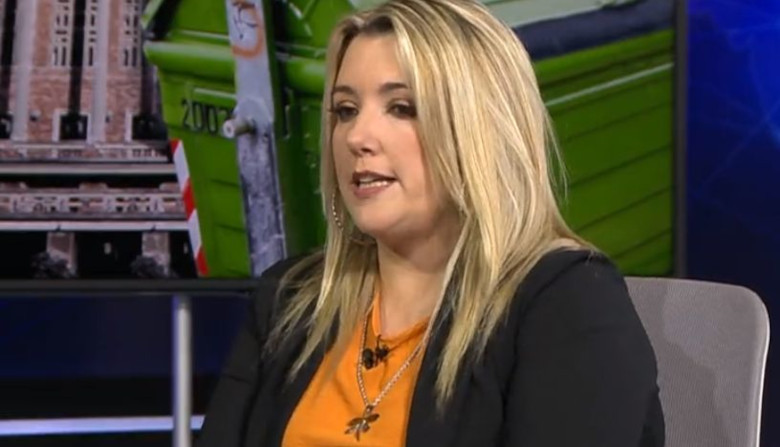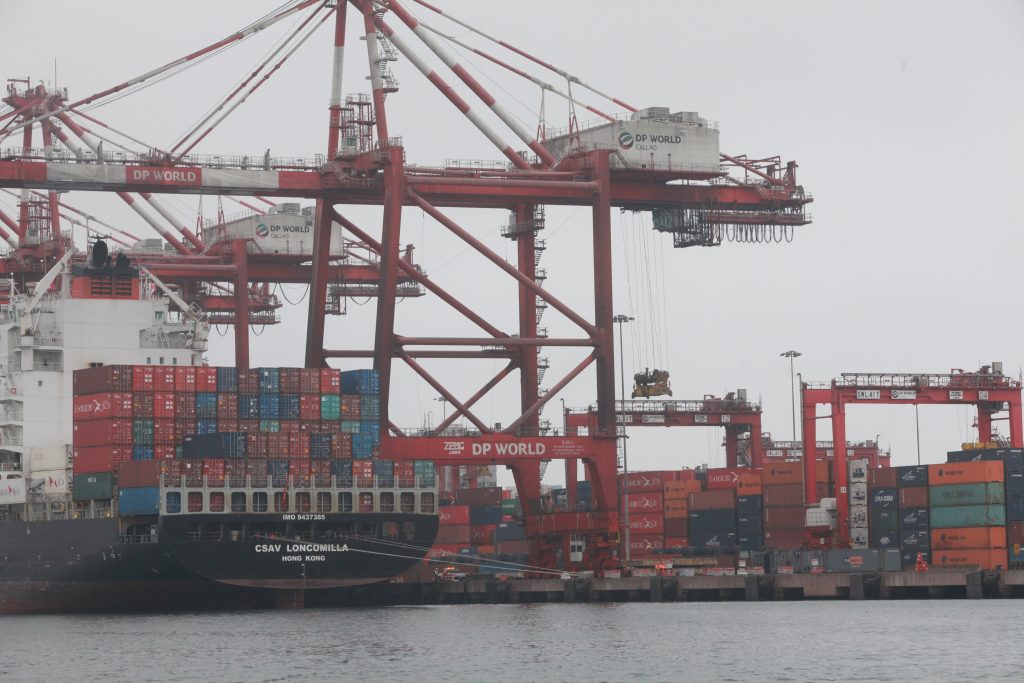Saint Dominic. – In an event led by President Luis Abinader, the executive director of the National Competitiveness Council and the Zero Bureaucracy program Peter Prazmowski, explained that the economic savings from reducing bureaucracy for citizens and companies are estimated at 60,000 million pesos. , equivalent to 1% of GDP in 2023.
Also read: Government launches Zero Bureaucracy program to speed up procedures in the State
These data were announced by the official in a meeting held at the National Palace, where the progress achieved through the implementation of the Zero Bureaucracy program in the period 2020-2024 was presented and, in addition, its vision for 2024-2028 was shared. , in which new advances are anticipated in the digitalization and simplification of procedures, transparency and improvement in the experience of citizens with the public administration. To date, more than 360 procedures and services have been worked on in 71 prioritized institutions.
“This savings represents the aggregate of what citizens stop spending due to unnecessary trips to institutions, the impact on companies that will allocate fewer resources to comply with regulations, thanks to the efficiency generated by the simplification and digitalization of processes. , interoperability, and even more so innovation in the provision of services,” said Prazmowski.
Likewise, he stated that these advances are also reflected in the country’s results in the World Bank’s international governance indicators. Between 2019 and 2023, government effectiveness went from 38.1 to 56.6 points, representing an increase of 49%, consolidating confidence in the quality of services and the Government’s ability to implement public policies. Likewise, regulatory quality went from 52.9 to 58.0 points, highlighting the improvement in the design of regulations that favor the development of economic activity.
Zero Bureaucracy Monitoring Dashboard
Meanwhile, the minister of the Public Administration, Sigmund Freund, pstated that the goal for 2028 is for the majority of public procedures to be carried out digitally, accessible and quickly, with increasingly shorter response times and with less bureaucracy in citizen interactions with the State.
“The vision is clear: a country where bureaucracy stops being an obstacle and becomes a bridge to more opportunities for each of its citizens,” said Freund.
Freund presented the Zero Bureaucracy Monitoring Dashboard, an innovative tool for monitoring the productivity of public services that will impact a new indicator of the Public Administration Monitoring System (SISMAP).
“With this, the president, the Executive Commission and the Program Results Management Unit will be able to follow up on the implementation of the improvement plans for the prioritized procedures, as well as monitor the response times of all the digital procedures of the institutions. Program participants, to identify opportunities for improvement and bottlenecks that we need to resolve,” said Freund.
















